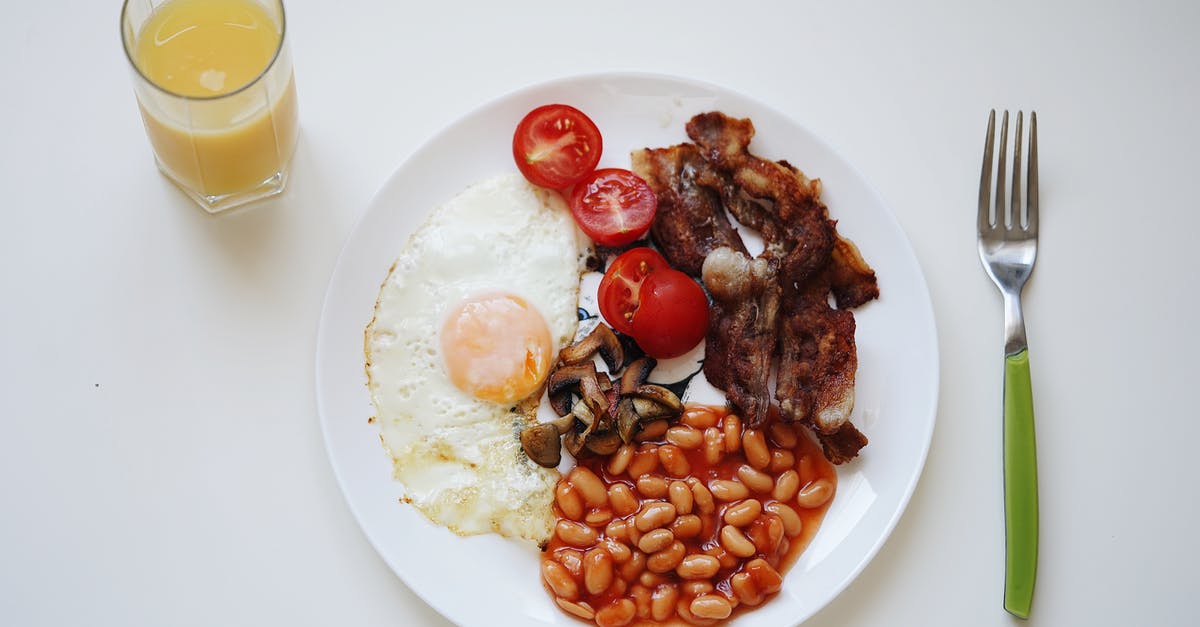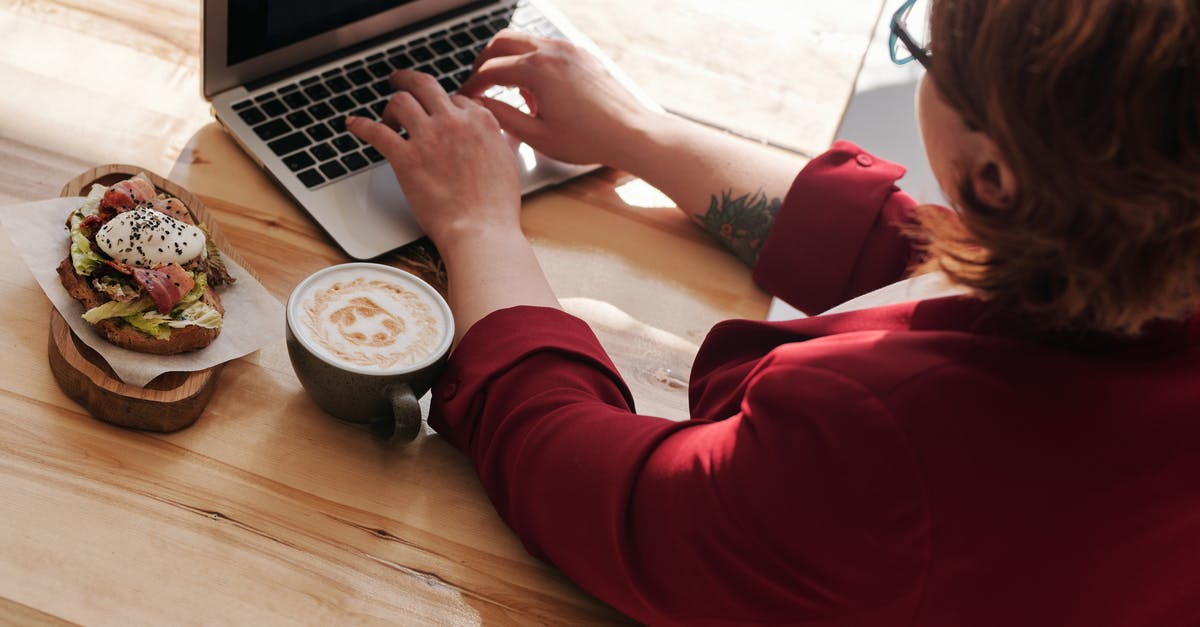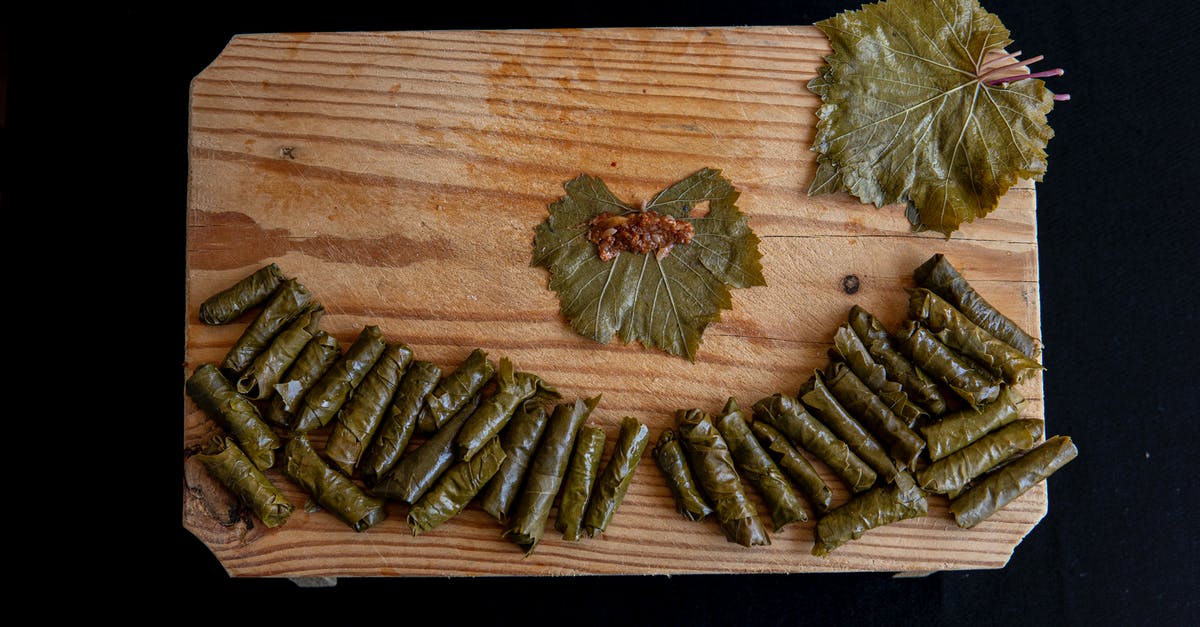How to soften diced meat that was has had too much of its juices leave from being cooked too long?

I have a bad habit of wanting to over cook meat on the frying pan. It's from a phobia that any juices or red/pink coloring inside the meat may contain bacteria/germs etc. So when I cook diced meat on the frying pan I leave them on till there is not red/pinkness left in them, but they are then dry and hard. It is unpleasant to chew.
I would like to know if it is possible to soften the meat again and maybe add some juice from a sauce maybe into the meat to make it more tender and tasty. I tried boiling or sautee but this did nothing.
EDIT: this applies to beef and lamb
Best Answer
In the general case, it is not possible.
As you cook meat past about 165 F, all of the proteins will have denatured and contracted, squeezing out moisture. This is what makes well done meat tough and stringy or rubbery. This process cannot really be reversed, although you can try to mask it with a sauce.
In the specific case of certain cuts--the ones famous for braises or barbecue, the "low and slow" cooking techniques--there is some hope, but it is a thin one depending on what you have been doing.
These cuts, the most active working parts of the animal such as the shoulders (chuck for beef or butt for pork) have a great deal of intramuscular fat, as well as connective tissue made of a protein called collagen.
Over time, when cooked slowly at temperatures of about 180 F, the collagen in the meat will turn into gelatin, which has a silky, smooth mouth feel, and the fat will lubricate the meat. They still have their proteins irreversibly dentures and tightened, but the gelatin and fat provide a new kind of moisture and unctuousness that is highly prized.
The cooking techniques for this (braising, barbecuing, slow roasting) are rarely employed for chops or steaks that you would do in the frying pan. They also simply don't have the collagen or the fat to make it possible. That is why they are better off with the higher temperature, faster cooking methods, but should not be overcooked, as you have discovered to your dismay.
Your best option is not to try to recover from this situation, which is very difficult to do, but rather to learn to prevent it:
- Get a good instant read thermometer to check the internal temperature of your steaks or chops
- Learn what the safe temperature is for that type of meat. For example, poultry and pork should both be cooked to at least 155 F (and for poultry, many people have learned to like even more done meat)
- The FDA recommends 165 F for ground meat (which is quite well done)
- Measure the temperature of your meat and learn to recognize when it is done
- Assess what level of risk you are willing to accept
Over time, you will learn to recognize when cuts are done to your liking by how they feel when you poke them with your finger (which is a pretty good indication of how done they are, based on how resilient they are), but the thermometer will be your guide until you build that experience.
Still, this will require that you adjust your expectations of what completely cooked meat looks like. Pork may still be a touch rosy, for example.
Pictures about "How to soften diced meat that was has had too much of its juices leave from being cooked too long?"



Quick Answer about "How to soften diced meat that was has had too much of its juices leave from being cooked too long?"
You can add a little bit of water or broth to a pan and simmer the meat for a few minutes. The goal is to allow the liquid to penetrate the meat without allowing it to overcook even more. This should take a couple of minutes. If you add a couple tablespoons of vinegar or lemon juice, this also helps revive the meat.How do you break down the tough meat into something tender?
8 Simple Ways to Make Tough Meat TenderHow do you soften diced meat?
You can pound the beef chunks with a meat mallet to tenderize them. Making beef chunks tender requires using low heat in a slow cooker or searing the meat in a heavy skillet in liquid. You can also use a meat tenderizer to create a less chewy meat.Can you Recook meat to make it softer?
How to Do It. To recook a tough cut of beef to tenderize it, place the meat in a slow cooker or a heavy lidded pot. Add 2 to 3 cups of liquid -- enough to cover it halfway, but not submerge it. Place the lid on the slow cooker or pot and gently simmer the meat until it's fork tender.Can you salvage tough meat?
Shred the meat in a food processor with some meat stock and rendered pork lard until it becomes a paste. The food processor helps break down the toughened meat proteins, while the stock and lard provide the necessary liquid and fat.How To Tenderize ANY Meat!
More answers regarding how to soften diced meat that was has had too much of its juices leave from being cooked too long?
Answer 2
First. You're working with meat that either should be served medium rare or slow cooked for a long time. Just barely cooking it through will lead to dry tough meat.
Some things you can do to mitigate this are to use either red wine marinade or a meat tenderizer before you cook it. This will allow your meat to start breaking down before it cooks so that it will be softer when cooked.
Sources: Stack Exchange - This article follows the attribution requirements of Stack Exchange and is licensed under CC BY-SA 3.0.
Images: Artem Savchenko, Marcus Aurelius, tugay aydın, 竟傲 汤
